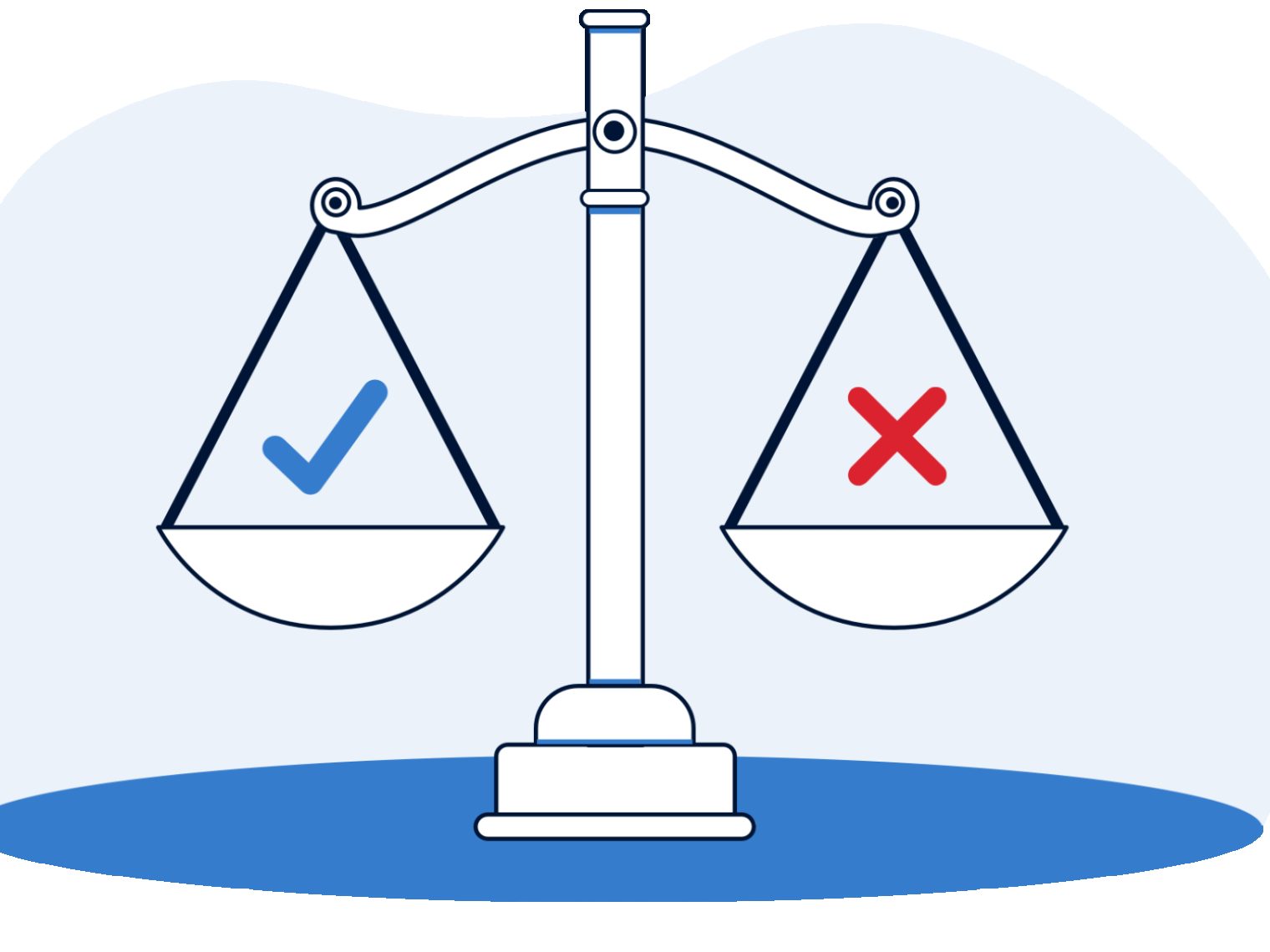- VA homeowners typically have 120 days from their first missed payment before foreclosure can begin.
- Loss mitigation options like repayment plans, forbearance and loan modifications may help you keep your home.
- The sooner you contact your loan servicer, the more options you may have to avoid foreclosure.
Falling behind on VA mortgage payments can feel overwhelming, but VA homeowners don’t have to face it alone.
If you’re struggling to keep up, the most important step you can take is reaching out to your loan servicer as soon as possible. The sooner you start the conversation, the more options you may have to protect your home and financial future.
Even if you’re not behind on payments yet, but see trouble ahead, proactive communication is key. Understanding the foreclosure process and your potential solutions can help you navigate the challenges with confidence.
What to Do If You Just Missed a VA Loan Payment
- Call your servicer ASAP, even if you don’t have answers yet.
- Gather income and asset info to prepare for a hardship discussion.
- Check for VA resources like housing counselors (they’re free and can advocate for you).
Behind on Your Mortgage Payments
Missing a mortgage payment can happen, but there are steps you can take to stay on track. Loan servicers are required to make a good faith effort to contact borrowers within 36 days of a missed payment. This call is a chance to explore your options before things get worse. But you don’t have to wait for your servicer — reaching out early can give you more time and options.
Before you’re 45 days past due, loan servicers have to send the documentation that provides:
- Notice encouraging the borrower to contact the servicer and up-to-date contact information
- Examples of possible loss mitigation tools the borrower may be able to utilize
- Information about how the borrower can locate a housing counselor
Lenders and servicers can't file for foreclosure until a homeowner is more than 120 days late on their mortgage. That four-month span is designed to give homeowners time to evaluate their options and file a formal request for help from their servicer.
If you're an active-duty service member, you may have additional foreclosure protections under the Servicemembers Civil Relief Act.
Completing a loss mitigation application in a timely fashion is a crucial step for distressed homeowners. This application helps your servicer assess your situation and determine what solutions may be available.
Let’s discuss the variety of options that could help you stay in your home or find the best path forward.
Understanding Loss Mitigation Options
The types of loss mitigation options available to you will depend on several factors, including your income, current financial obligations, home equity, interest rate and payment history. Your loan servicer will evaluate your situation to help you determine the best path forward.
In many cases, homeowners can stay in their homes and find a solution to get back on track with their mortgage. Below are some of the most common ways to avoid foreclosure with a VA loan.
VA Foreclosure Avoidance Options and Impact
| Option | How It Works | Potential Impact | Could Be Best For |
|---|---|---|---|
| Repayment Plan | Adds missed payments to future monthly payments until the loan is current. | Increases monthly payments for a set period; may be difficult if finances are still tight. | Homeowners who have recovered from a temporary financial setback and can afford higher monthly payments to catch up. |
| Forbearance | Temporarily reduces or pauses payments, giving time to recover financially. | Payments must be made up later, either through a lump sum, repayment plan or loan modification; does not erase missed payments. | Homeowners experiencing a short-term financial hardship who expect to resume payments soon but need temporary relief. |
| Loan Modification | Missed payments and legal costs are added to the loan balance, with a new payment schedule. | Extends the loan term or increases the balance; monthly payments may rise if interest rates have gone up. | Homeowners facing a long-term financial strain who need lower, more manageable monthly payments to stay in their home. |
| Short Sale | Allows homeowner to sell the home for less than what is owed. | May significantly impact credit and have tax consequences; could limit future homebuying ability. | Homeowners who owe more than their home is worth and need to sell quickly due to financial hardship, divorce or relocation. |
| Deed-in-Lieu of Foreclosure | Homeowner voluntarily transfers ownership to the lender instead of foreclosure. | Negative impact on credit similar to foreclosure; may affect ability to qualify for a VA loan in the future. | Homeowners unable to sell their home and want to avoid the full foreclosure process but are willing to sign the property back to the lender. |
Some loss mitigation options can impact your credit and make it harder to buy a home in the near future. Others, like a short sale, may also come with tax implications. Understanding these potential effects can help you make the best decision for your situation.
Remember, every loan servicer and homeowner's situation is different. The earlier you reach out to your loan servicer, the sooner you can better evaluate your options.
Loss Mitigation Applications
When it comes to asking for mortgage relief, the earlier you do so, the better. Remember, you've got a 120-day window after that first missed payment before a servicer can move to foreclose.
Additional timelines can come into play once a foreclosure sale is scheduled.
Lenders have 30 days to review a homeowner’s completed loss mitigation application and determine what foreclosure avoidance options may be available. If you submit your application at least 90 days before a scheduled foreclosure sale, you’re entitled to the following additional protections:
- The servicer must give them at least 14 days to accept or reject any offers for foreclosure avoidance.
- If the servicer denies a loss mitigation request, borrowers have 14 days to lodge an appeal.
Servicers who receive a completed application at least 45 days before a foreclosure sale are required to tell homeowners they've received the application.
Servicers who receive incomplete applications have to explain to homeowners what information is missing. They're required to evaluate your application and consider alternatives to foreclosure, provided you submit a complete application before it's too late.
Servicers aren't required to offer you an alternative, but they must explain their denial in writing.
Homeowners who submit a completed loss mitigation application 37 days or less before a foreclosure sale may not have the same protections regarding foreclosure avoidance options.
How the VA Can Help
For homeowners with VA loans, the first call should always be to the loan servicer. But the second call can go straight to the VA loan program for additional support.
The loan program has a team of foreclosure avoidance specialists who advocate for Veterans, working with servicers to explore options that may help borrowers stay in their homes. These specialists encourage lenders to offer foreclosure solutions and provide guidance on available programs.
Previously, the Veterans Affairs Servicing Purchase (VASP) program served as a last-resort option for Veterans who had exhausted all other alternatives. Through VASP, the VA could purchase a delinquent loan and work directly with the borrower to offer more flexible repayment terms. While this program helped many Veterans avoid foreclosure, the VA stopped accepting new submissions to VASP as of May 1, 2025.
Although VASP is no longer available, the VA continues to provide foreclosure prevention assistance and guidance to eligible borrowers. Veterans facing financial hardship are still encouraged to contact the VA loan program for help understanding their options and working with their loan servicer to find a path forward.
VA homeowners in need can contact the VA loan program directly at 877-827-3702.
Will I Owe Money if I Can’t Avoid Foreclosure With a VA Loan?
If you’re unable to avoid foreclosure, whether you’ll need to repay the loan depends on when your loan closed.
- Before January 1, 1990: If the VA repays your loan balance to the servicer, you may be responsible for reimbursing the government. If repaying the debt isn’t possible, you may be eligible for a waiver that could reduce or eliminate what you owe.
- On or After January 1, 1990: You typically won’t have to repay the VA unless there’s evidence of fraud, misrepresentation or bad faith on your part.
If you're facing foreclosure, it’s important to understand your rights and potential financial responsibilities.
Foreclosure Avoidance Scams
Loan servicers and HUD-approved housing counselors won't charge fees to provide assistance or loss mitigation options. But foreclosure prevention has become a ripe target for scammers.
Be wary of companies or individuals offering to help you for a fee, and never send a mortgage payment to any company other than the one listed on your monthly mortgage statement or one designated to receive your payments under a state assistance program.
Beware of a company or person who:
- Asks for a fee in advance to work with your lender to modify, refinance or reinstate your mortgage.
- Guarantees they can stop a foreclosure or get your loan modified.
- Advises you to stop paying your mortgage company and pay them instead.
- Pressures you to sign over the deed to your home or sign any paperwork that you haven't had a chance to read or that you don't fully understand.
- Claims to offer "government-approved" or "official government" loan modifications.
- Asks you to release personal financial information online or over the phone, and you have not been working with this person or do not know them.
The Bottom Line
If you’re struggling with mortgage payments, you have options — but the sooner you take action, the better. VA foreclosure avoidance programs, along with lender-backed solutions, can help you stay in your home or find the best way forward.
Start by contacting your loan servicer to discuss your options, and if needed, submit a loss mitigation application as early as possible. If foreclosure becomes unavoidable, understanding potential financial obligations and how to get a VA loan after foreclosure can help you plan your next steps.
No matter your situation, you’re not alone. Talk to a Veterans United VA loan expert at 855-870-8845 to discuss your options or get started online today.
How We Maintain Content Accuracy
Our mortgage experts continuously track industry trends, regulatory changes, and market conditions to keep our information accurate and relevant. We update our articles whenever new insights or updates become available to help you make informed homebuying and selling decisions.
Current Version
May 1, 2025
Written ByChris Birk
Reviewed ByDon Wilson
Updated article to address the Veterans Affairs Servicing Purchase (VASP) program ending May 1, 2025.
Mar 24, 2025
Written ByChris Birk
Reviewed ByDon Wilson
Major content updates to enhance understanding and clarity. Content reviewed and fact checked by underwriter Don Wilson.
Related Posts
-
 VA Renovation Loans for Home ImprovementVA rehab and renovation loans are the VA's answer to an aging housing market in the United States. Here we dive into this unique loan type and the potential downsides accompanying them.
VA Renovation Loans for Home ImprovementVA rehab and renovation loans are the VA's answer to an aging housing market in the United States. Here we dive into this unique loan type and the potential downsides accompanying them. -
 Pros and Cons of VA LoansAs with any mortgage option, VA loans have pros and cons that you should be aware of before making a final decision. So let's take a closer look.
Pros and Cons of VA LoansAs with any mortgage option, VA loans have pros and cons that you should be aware of before making a final decision. So let's take a closer look.

